Mangosteen
Dubbed the ‘queen of fruits’ for its luxurious taste, this tropical pod flaunts tangy white flesh hidden inside a hard purple shell. Simultaneously sweet and acidic, the mangosteen is revered around the world for its unique flavor and stands out among tropical fruit for having cooling properties in traditional Chinese medicine. In season during peak summer months. RMB40/kg.
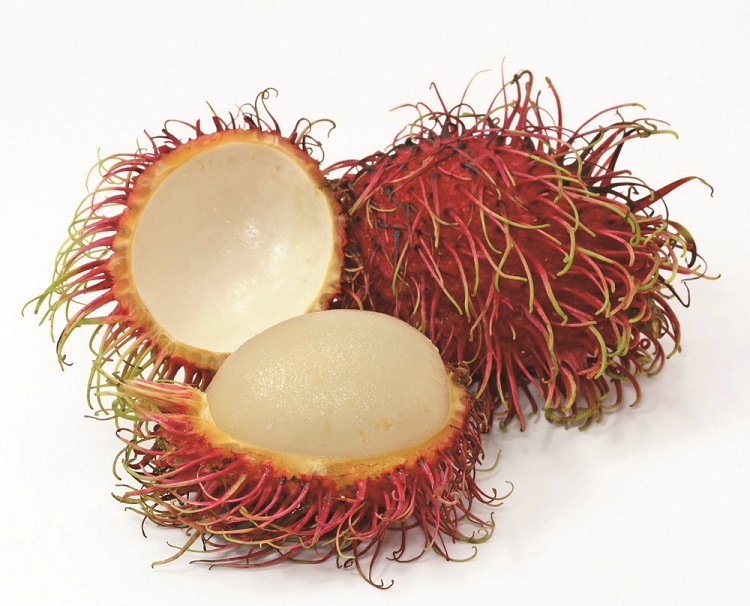
Rambutan
Native to Malaysia, this odd-looking comestible is related to the more commonly seen lychee and longan fruits. While it sounds vaguely like Rasputin, Rambutan is actually named after the Malay word for ‘hair,’ an obvious tribute to its fuzzy protuberances. Dig in for a daily dose of manganese and niacin (B3). In season during August and September. RMB30/kg

Persimmon
A soupy pocket of juicy flesh, the Chinese persimmon has a Latin name meaning ‘food of the gods’ and grows wild on Luofu Mountain in Guangdong, though these are normally smaller than varieties found in most supermarkets. Try dishing these gems out with a spoon or, for a less sticky alternative, purchase a few dried. In season from October through February. RMB8/kg.
.jpg)
Durian
When it comes to this stinky, spikey ‘king of fruit,’ most either love it or hate it. Cradled in a thick, thorn-adorned husk, durian can grow to be over a foot long and 6 inches wide. Despite boasting unique aphrodisiac and nutritious properties, it has been banned in some hotels and public areas due to its odor. In season from April to August. RMB38/kg.
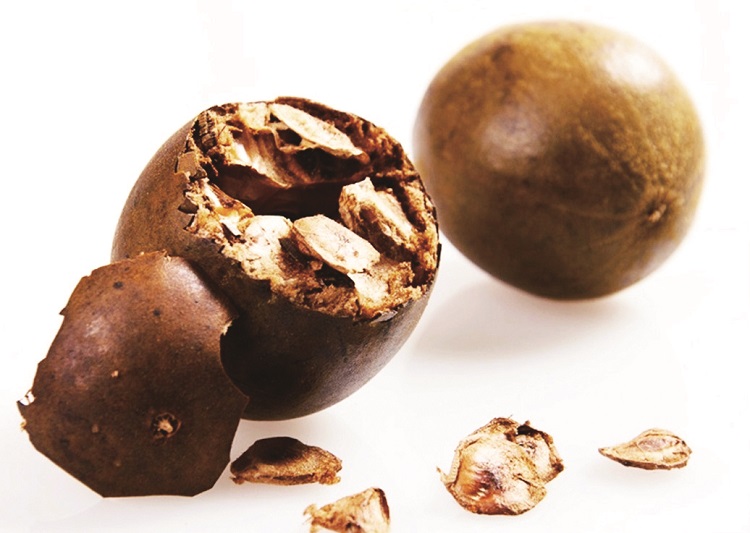
Monk fruit
According to legend, monk fruit – also called ‘longevity fruit’ or ‘luohanguo’ in Chinese – was first cultivated by Buddhists over 800 years ago. Usually sold dried and added to hot water for a sugary tea, the fruit is also popular in the West – Procter & Gamble patented the manufacture of monk fruit sweetener in 1995. RMB1-2 each.
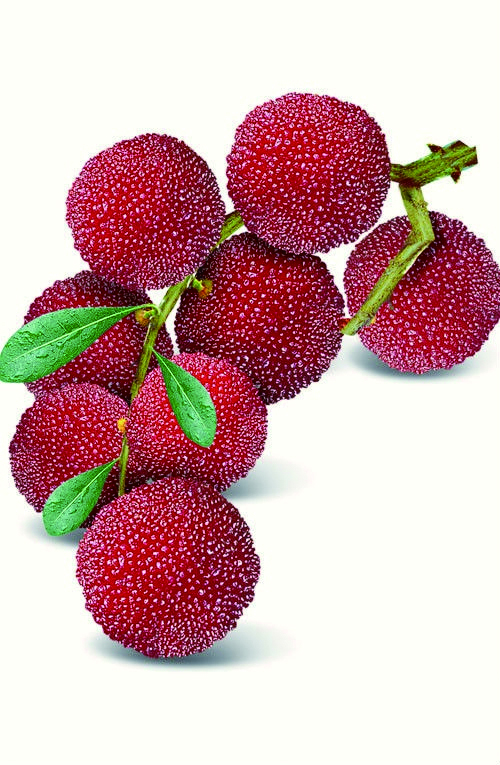
Yangmei
Marketed as the ‘yumberry,’ the yangmei has been grown in southern China for more than 2,000 years and can be eaten fresh, dried or fermented as baijiu. Though it resembles an enlarged dimpled cherry, this fruit has a sweet-sour flavor that teases the mouth like a fusion of cranberry, strawberry and pomegranate. In season for a few weeks during May. RMB16/kg.
// Most of these fruits can be purchased seasonally at local street markets or year round at supermarkets. Monk fruit is available dried from most Chinese pharmacies.




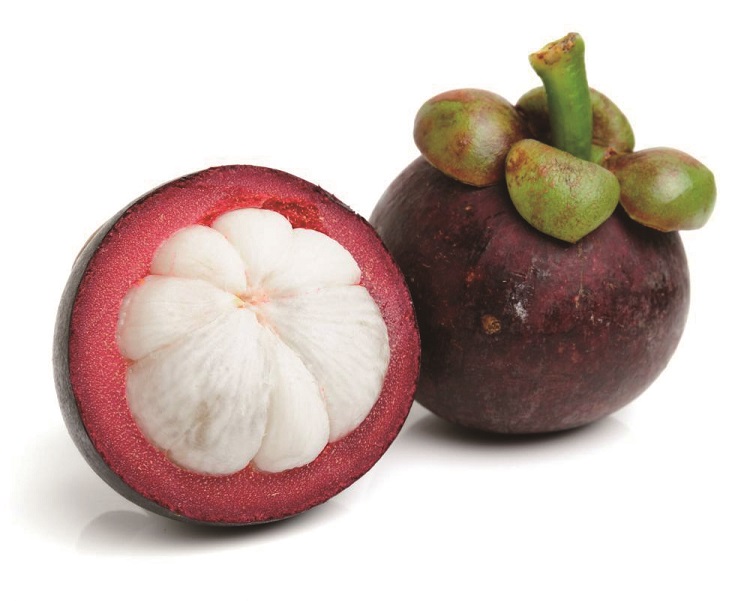

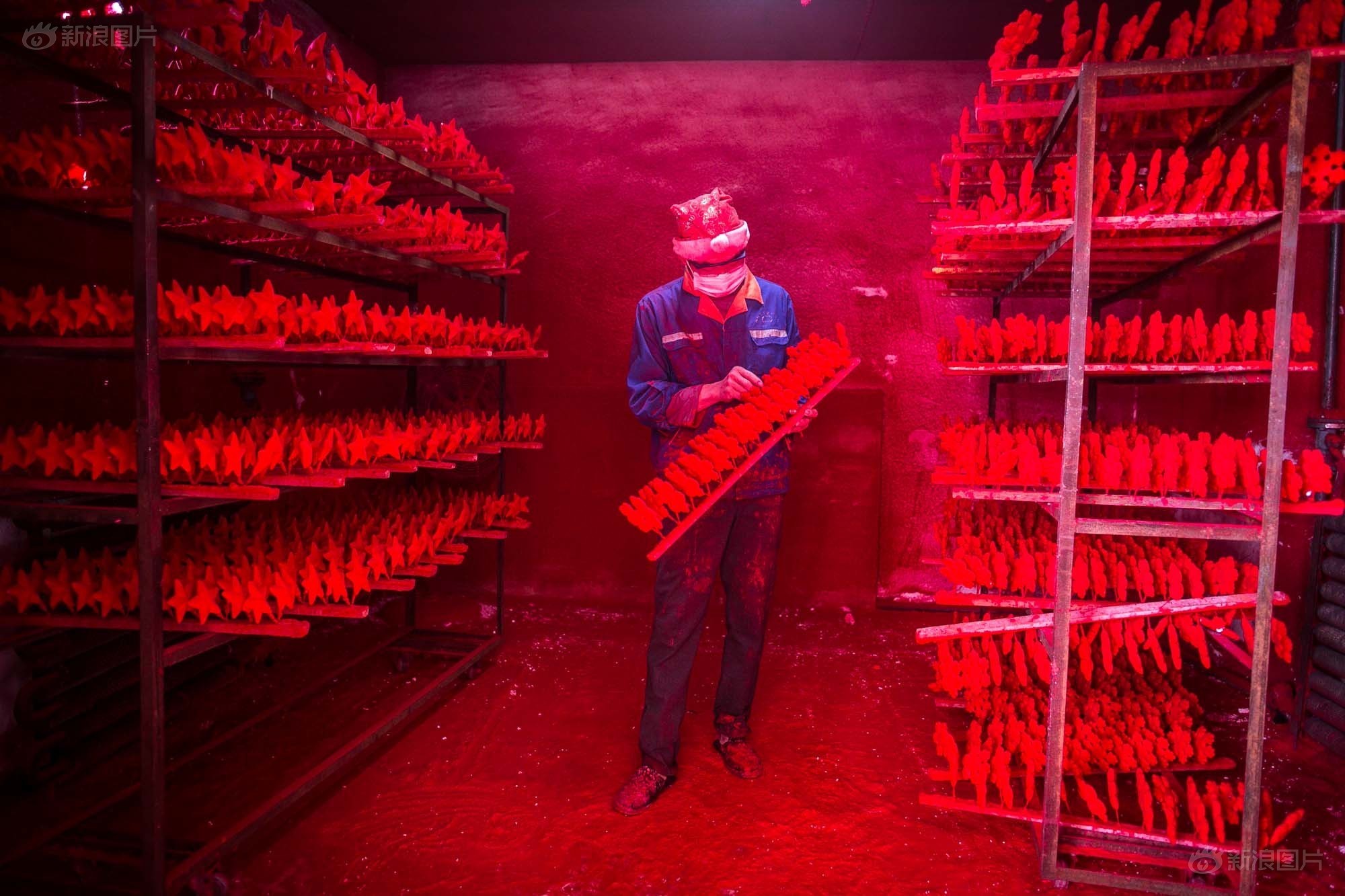















0 User Comments